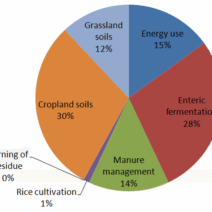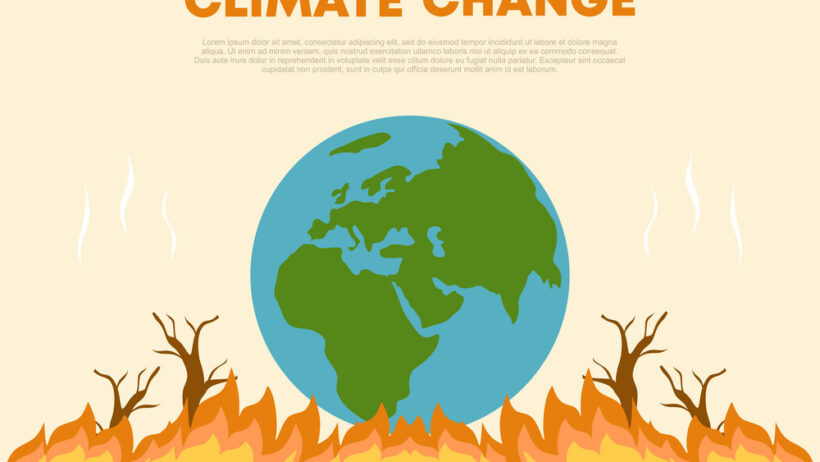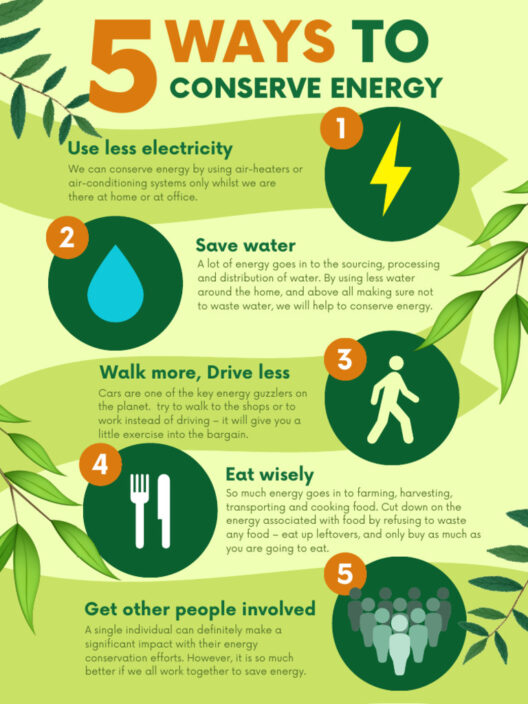Climate change represents an impending storm, and the United States stands at the crossroads, determined to chart a course toward environmental stewardship. With escalating temperatures and erratic weather patterns resembling a rebellious child, the need for a robust framework to combat global warming has never been more urgent. The U.S. climate action strategy serves as a multi-faceted tapestry, weaving together policy, technology, and community engagement to create a sustainable future.
At the heart of the U.S. approach lies a profound understanding that climate change is not merely a distant threat; it is a present-day challenge demanding immediate and unwavering attention. To this end, federal policies focusing on reducing greenhouse gas emissions act as the bedrock of our climate action strategy. The United States is fiercely committed to international agreements such as the Paris Accord, acknowledging that this is a global endeavor. It is akin to participating in an orchestra—harmonious collaboration among nations is essential to produce a symphony of climate progress.
Federal legislation, notably the Inflation Reduction Act, emphasizes the crucial transition to renewable energy sources. By fostering an environment conducive to wind, solar, and hydroelectric power generation, the U.S. is transforming energy landscapes akin to a revitalized garden bursting with flora after a long winter. These incentives not only elevate clean energy technologies but also create jobs, providing a dual solution to economic recovery and climate resilience.
In our pursuit of revolutionary energy solutions, energy efficiency plays an indispensable role. Energy-efficient appliances, buildings, and vehicles constitute the very threads of the tapestry. These elements work together to significantly reduce energy consumption, ensuring that we do not merely tread water but sail forward at full speed towards sustainability. By incentivizing retrofitting existing infrastructure, the U.S. transforms the narrative: buildings that once wasted energy can become bastions of efficiency.
Transportation fuels a significant fraction of greenhouse gas emissions, making it a primary target for reform. The transition to electric vehicles (EVs) presents a pivotal juncture in our fight against climate change. Just as a caterpillar metamorphoses into a butterfly, the U.S. is witnessing evolutions in transportation modes—from gas-guzzling cars to sleek electric vehicles, silently gliding toward a sustainable future. The expansion of charging infrastructure becomes the vital soil where this transformation can flourish.
Private investment is another vital component in this intricate strategy, embodying the essence of innovation. Public-private partnerships encourage investment in advanced technologies like carbon capture and storage. The juxtaposition of profit and planet may appear conflicting; however, strategic investments in clean technology serve to illustrate that economic development and environmental preservation can harmoniously coexist. Just as two rivers converge, leading to a more robust flow, thoughtful collaboration can yield remarkable results.
Nonetheless, climate action cannot solely rely on top-down mandates; grassroots movements are equally paramount. Community engagement emerges as a crucial pillar of the U.S. climate action strategy. Local initiatives, spearheaded by dedicated citizens, ignite change from the ground up. These movements unveil unique strategies tailored to specific local contexts, like wildflowers adapting to different soils. From urban gardening projects to environmental education programs, localized efforts cultivate community awareness, fostering a culture of sustainability.
Education plays a vital role in this symbiotic relationship between community and climate. By imparting knowledge about the importance of environmental stewardship and sustainable practices, we sow the seeds of change. Schools, civic organizations, and non-profits work collectively to integrate climate education into curricula, creating a generation equipped to face the challenges that lie ahead. This educational foundation is akin to nurturing seedlings in a greenhouse, ensuring that future leaders possess the tools to enact meaningful change.
Equity also forms an indelible part of the climate narrative. As we march forward, it is imperative to ensure that marginalized communities, often disproportionately affected by climate change, are included in the decision-making process. Environmental justice is not merely a social obligation—it is a moral imperative. The U.S. must navigate complex sociopolitical waters, ensuring that no community is left behind. This means listening to those whose voices have historically been silenced, allowing them to share their unique insights into climate resilience.
On the global stage, the U.S. is tasked with leading the charge against climate change. Diplomatic engagement with other nations amplifies the impact of domestic strategies, fostering international collaboration essential in this battle. Building coalitions to address transnational challenges—such as deforestation, ocean degradation, and pollution—embodies the essence of solidarity. Just as a mighty fortress stands firm through cooperation, united global efforts will strengthen defenses against climate adversities.
In conclusion, the U.S. climate action strategy emerges as a comprehensive amalgamation of policy, technology, community engagement, and global cooperation. It serves as a lighthouse guiding vessels through turbulent seas, casting essential rays of hope in a world besieged by the effects of climate change. Through the intertwined threads of legislation, innovation, community action, and diplomacy, the U.S. embarks on a robust quest to combat global warming. By acknowledging the urgency of the task at hand and working collaboratively, it is possible to navigate successfully toward an ecologically harmonious future—one where the planet thrives, and future generations inherit a world rich in natural beauty and vitality.





